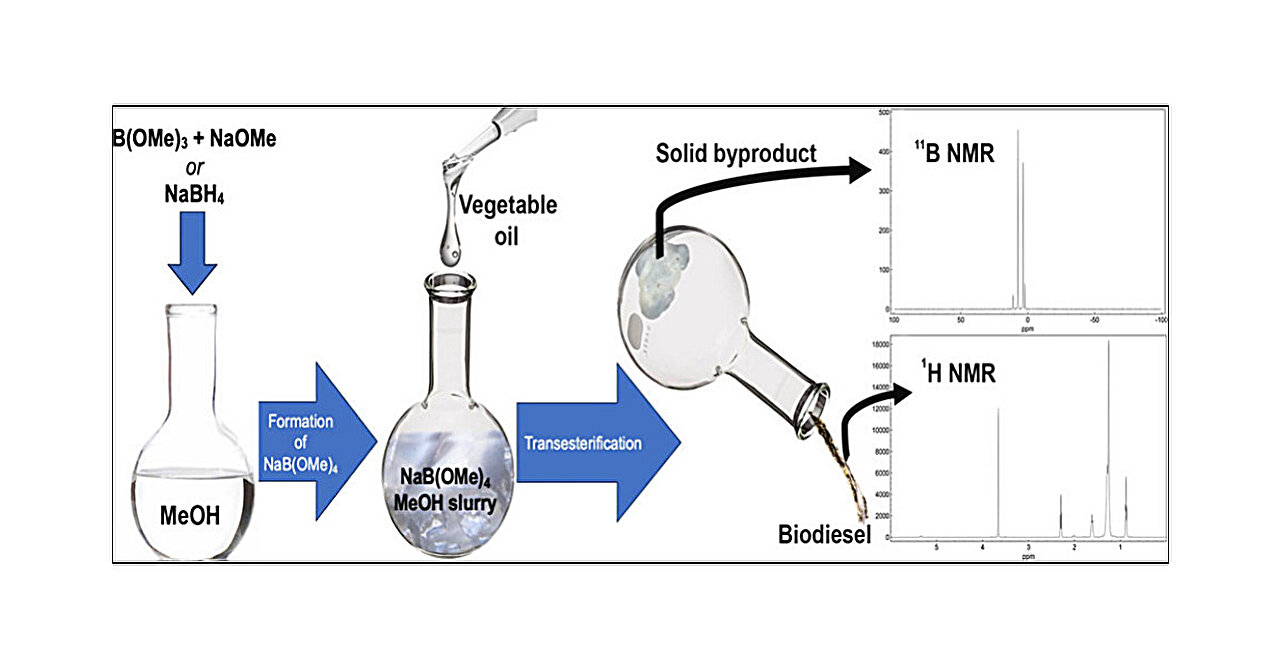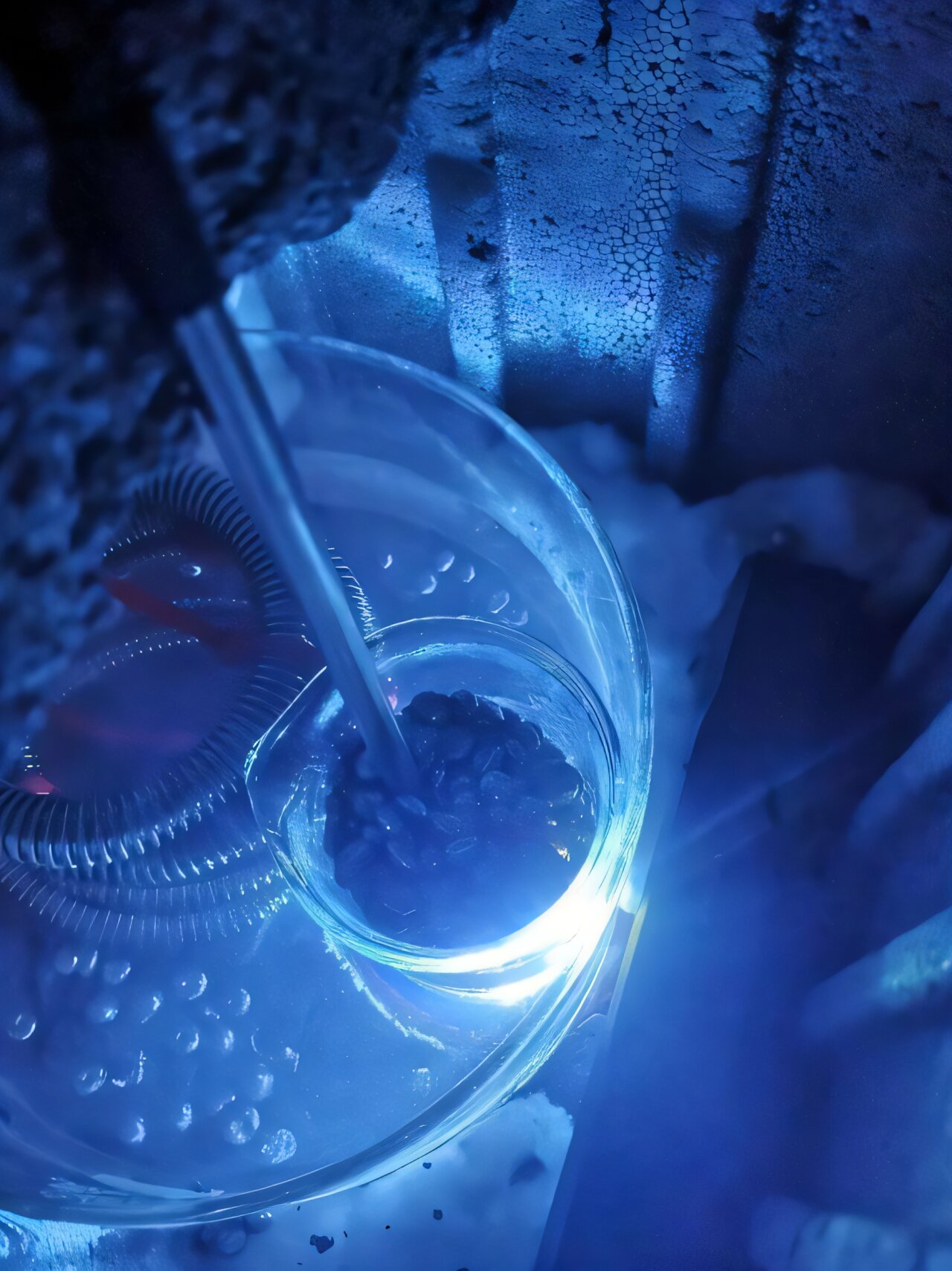Chemists find easier way to produce biodiesel from waste oil
Graphical abstract. Credit: Energy & Fuels (2024). DOI: 10.1021/acs.energyfuels.4c03643 UC Santa Cruz chemists have discovered a new way to produce biodiesel from waste oil that both simplifies the process and requires relatively mild heat. This discovery has the potential to make the alternative fuel source much more appealing to the massive industrial sectors that are … Read more


